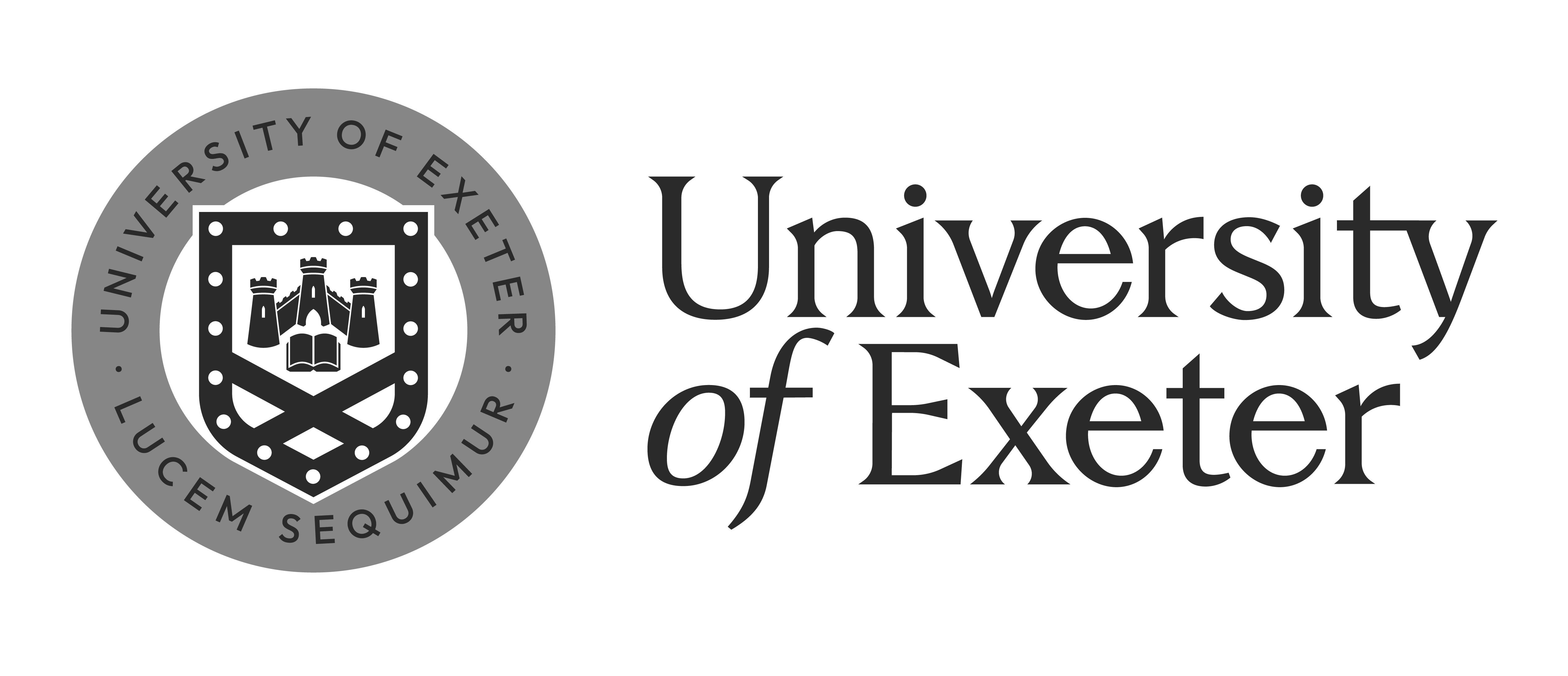Is the Sunset of Liberal Democracies the Dawn of new Urbanism?
Professors
Schedule
Course description
This course traces a line between the crisis engulfing the institutional structures of modern democracies and the return of the city governance structure as a substitute.
Cities as social governance structures have been with us for almost ten millennia. The first cities appeared thousands of years ago in the fertile region known as Mesopotamia around 7500 B.C.E. These cities established themselves as human communities in the Fertile Crescent, along the Nile River in Egypt, the Indus River Valley on the Indian subcontinent, and the Yellow (or Huang) River in China, as people began to cultivate crops and settle down in stable communities.
The original basic structure of the city was set up to attract excess revenues of growing communities that left their nomad lives and developed agricultural settlements that benefited from new technologies and the evolution of agricultural practices.
The cities that grew in these areas offered new and improved services to the agricultural communities around them, but soon enough began offering new modes of consumerism that were not known before.
The state as a social structure is a much newer social mode of organization that appeared around 4000 B.C.E in the same areas, mostly when one city started growing and taking control of nearby cities mainly to usurp scares resources that made them even richer or that were or became sparce for whatever reason.
We start by reviewing the origins and logic of the crises that characterizes so many western liberal democracies these days – why do they happen, why now and how grave they really are.
We then turn to a short history of the city as a social structure. We argue that over the history of social lives, cities have proven much more resilient that states.
We try to understand why this is the case and conclude the course with a fresh view on the future of cities as a somewhat attractive substitute to state organizations
As an epilog to class we explore the city of the future and the role cities may play in the future of the world and as a solution to global challenges such as poverty, fair distribution, large migration waves and war and peace.
Teaching and evaluation method
The class is set up as a community learning experience. Each student prepares a presentation in the realm of the subject of the class according to his or her choices. The presentation count for 25% of the grade. Each student submits four memos according to the four chapters of the class: the failed liberal democracy; the history of the city as a social construct; the city of the future; the city as a solution to global challenges. The four memos count for 20% of the grade (5% each). Each student submits a final paper that is a further articulated version of the class presentation and counts for 50% of the grade. Class participation counts for the remaining 15%.
Syllabus
Week One: The Vulnerability of Liberal Democracies
Concept: Define Vulnerability
Reading: William A. Galson 2020 “The Enduring Vulnerability of Liberal Democracy” Journal of Democracy Vol. 31(3) 8-24.
Week Two: Failed States
Concept: Failed State
Reading: Robert I. Rotberg. 2003. When States Failed States: Causes and Indicators, Chapter 1. Princeton University Press
Week Three: How do Modern Democracies Fail
Concept: Legitimate Enemy Strategy
Reading: Gianneti Daniela Itai Sened and Karen Umanski. 2022. “The Entry of the M5S and the Reshaping of Party Politics in Italy (2008-2018)” Government and Opposition,
Week Four: Is the City an Answer: A Short History of the City
Concept: Urbanism
Reading: Clifton Ellis (Date Unknown): “A Short History of the Urban Form” Texas Tech School of Architecture: Lecture Notes
Week Five: What is the Difference between the State and the City as a Social Construct
Concept: The Social Construct of a City
Reading: Kamani Priyangika Mathotaarchchi Karawita Arachchoge Akalanka Numwan Thilakathna: 2021: “The Social Structure of the City: A Critical Review of Contributing Sociologists” Current Urban Studies: Vol 9 (2) June 2021.
Week Six: The Basic of Urban Economics
Concept: Land Valuation Human Capital and Urban Development
Reading: https://www.sciencedirect.com/topics/economics-econometrics-and-finance/urban-economics
Week Seven to Eleven: Students’ Presentations and Discussions
Week Twelve: Conclusion: Why would the City be a more Resilient Social Construct than the State?
Last updated: January 29, 2025


















